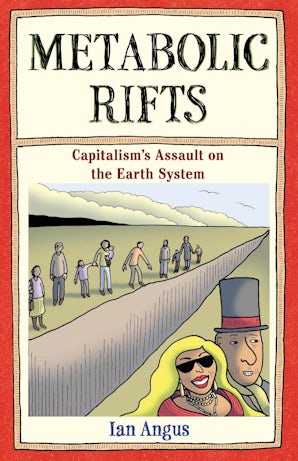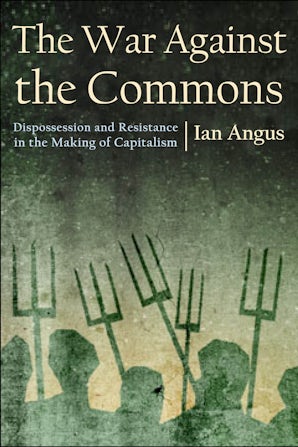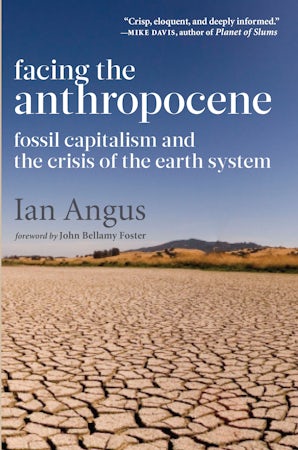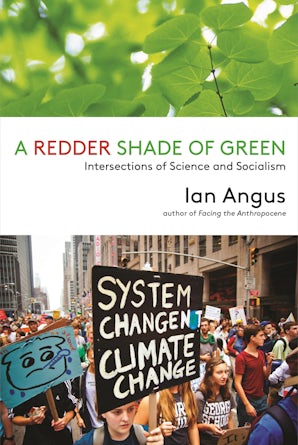Also in this issue
Books by Ian Angus
Metabolic Rifts
by Ian Angus
The War against the Commons
by Ian Angus
Facing the Anthropocene
by Ian Angus
A Redder Shade of Green
by Ian Angus
Article by Ian Angus
- Has the Anthropocene Been Canceled?
- An Ecological Civilization Will Have to Be Socialist
- The Meaning of 'So-Called Primitive Accumulation'
- The Fishing Revolution and the Origins of Capitalism
- Marx and Engels and Russia's Peasant Communes
- Facing the Anthropocene: An Update
- Superbugs in the Anthropocene: A Profit-Driven Plague
- Cesspools, Sewage, and Social Murder: Environmental Crisis and Metabolic Rift in Nineteenth-Century London
- Marx and Engels and the 'Red Chemist': The Forgotten Legacy of Carl Schorlemmer





